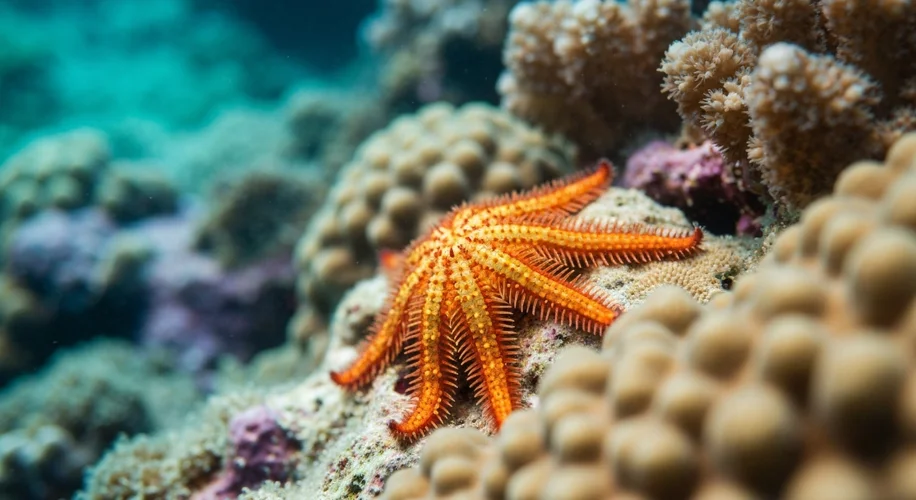Did you know that for years, scientists have been grappling with a devastating disease that has wiped out billions of sea stars worldwide? It’s a quiet crisis unfolding in our oceans, and the reason behind it is finally coming into focus.
It’s called Sea Star Wasting Disease (SSWD), and it’s been wreaking havoc across the Pacific coast of North America and beyond. Affected sea stars essentially dissolve, turning into a gooey mass. This isn’t just a sad story for these iconic creatures; it’s an ecological alarm bell. Sea stars are vital to marine ecosystems, often acting as ‘keystone species’ – meaning their presence significantly impacts the health and structure of their environment. Without them, kelp forests can overgrow, and other species can be outcompeted, leading to a domino effect throughout the food web.
For a long time, the exact cause of SSWD was a puzzle. Researchers suspected various factors, including environmental stressors, temperature changes, and even pollution. But the breakthrough came from a dedicated team who zeroed in on a specific culprit: a pathogen.
Specifically, scientists have identified a densovirus, a type of virus that infects invertebrates, as a primary cause of the disease. What’s particularly fascinating, and a bit chilling, is how this virus seems to interact with the sea stars. It appears to compromise their immune systems and disrupt their internal functions, leading to the rapid tissue decay we observe.
This discovery wasn’t simple. It involved meticulous work, collecting samples from sick and healthy sea stars, conducting genetic analyses, and performing experiments to confirm the virus’s role. It’s a testament to the power of scientific investigation and the patience required to unravel complex biological problems.
The implications of this finding are huge. Knowing the specific pathogen allows scientists to better understand how the disease spreads, what environmental conditions might make sea stars more vulnerable, and perhaps, one day, how to mitigate its impact. It also highlights the interconnectedness of our planet’s systems. Factors like ocean warming and changes in ocean chemistry, which can be linked to broader climate patterns, could be playing a role in how susceptible sea stars are to this virus.
This is why I’m so passionate about understanding our environment. When a species like the sea star, which has been around for millions of years, faces such a widespread threat, it tells us something important about the health of the oceans. It’s a reminder that even the smallest organisms and the most remote ecosystems are connected to us and to the larger environmental changes happening around us.
While the situation remains challenging, this scientific advancement offers a glimmer of hope. It’s a step forward in understanding and potentially addressing a significant ecological crisis. It’s a story that shows how dedicated research can bring clarity to even the most complex natural mysteries, reminding us that our oceans are teeming with life, and protecting them requires continuous scientific effort and awareness.

